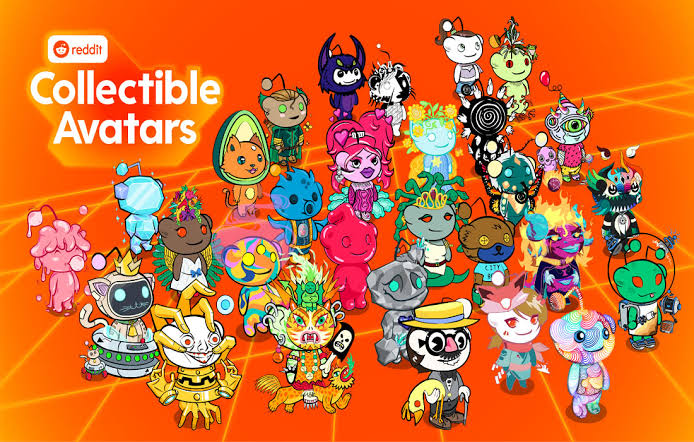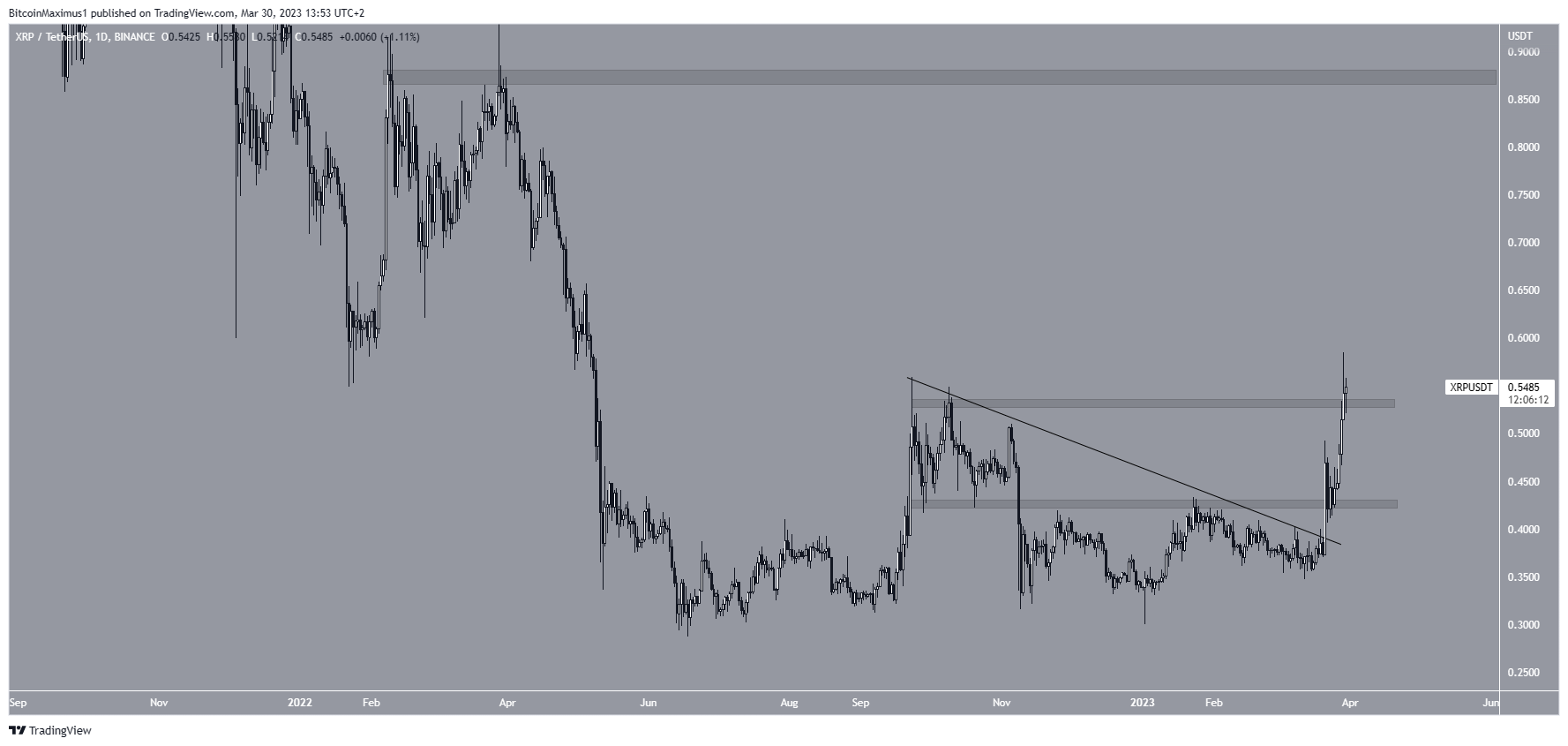Part I: When Jumping Chains, Do NFTs Stay the Same? Ordinals on the Bitcoin Blockchain | Proskauer – Blockchain and the Law

The NFT community has been humming 2023 following the recent surge in Bitcoin NFT coins. Ordinals, a non-fungible symbol (“NFT”) protocol, sent the community buzzing in January 2023 when it was launched on the Bitcoin blockchain (as updated by soft forks in the protocol in 2017 and 2021, which, among other things, added new features to the blockchain and increased the block size from 1MB to 4MB and allowed for inscription of data). Bitcoin evangelists—true believers in Bitcoin as hard money—appreciate that the Bitcoin blockchain’s evolution is optimized for uncensorable, decentralized money, but not file storage, and consider Ordinals immutable JPEG garbage that will only create network congestion, thereby increasing fees, and should be seen as below the original peer-to-peer mission. Conversely, NFT enthusiasts and the blockchain-curious celebrate Bitcoin’s NFT scene as an innovative use of the chain: unlike traditional Ethereum-based NFTs (where the original underlying asset usually resides on a centralized server or IPFS), Ordinals reside on-chain . Needless to say, the emergence of NFTs on the original blockchain is not without its questions.
This article is Part I of a two-part article on Ordinals. In this section, we will break down Ordinals, and explain Ordinal Theory, ins-and-outs, and functions. IN Part IIwe will dive into the implications of having NFTs on two separate blockchains.
Ordinals, explained:
To understand ordinal theory, it is important to double-click on the satoshi unit’s (a “sat”) relative to a bitcoin. Consider the dollar: a dollar is made up of 100 cents. $.01 is the lowest denomination coin. Take one hundred, $0.01 denomination (ie cents) and you have a full dollar. Like dollars, a single bitcoin is divisible into smaller denominations, but slices much thinner than units of hundredths. A sat is the smallest value of bitcoin that can be spent on the Bitcoin blockchain; there are 100 million bet in a bitcoin. Although the price rise and volatility of bitcoin has made it impractical for regular purchases, there are layer 2 protocols such as the Lightning and Stacks networks on top of the Bitcoin blockchain that can enable microtransactions, with satoshis being the most easily understood denomination for common users (eg $100 in bitcoin at current exchange rates will come to about 0.00371614 BTC against 371,614 rate).
So, what’s the buzz about? Ordinal protocol utilizes ordinal theory to assign identities to individual rates so that a satoshi can be individually tracked and traded as a commodity and achieve numismatic value. In common parlance, an ordinal is a number that describes a position in a series (eg first, second, third, etc.). Each sat is assigned an identity in the order in which it is mined. At a basic level, the first person to sit in a particular block is assigned sequence number 0, the second is assigned sequence number 1, and so on. By assigning a person set a number, ordinal theory allows tracking of individual stakes across the Bitcoin blockchain. Ordinals are a numbering scheme for satoshis.
Zooming out, ordinal theory inscribes a sat. Inscriptions inscribe a set of content that is included in the transaction “witness”, which usually includes signatures that prove authenticity. Ordinal theory provides a means of finding unused transaction output, which refers to a transaction output that can be used as input in a new transaction. Unused transaction output containing an inscribed sat can be found, enabling the tracking, trading, gifting, buying and selling of inscriptions. Inscriptions (i.e. NFTs) enable the creation of digital artifacts directly on the Bitcoin blockchain. Inscriptions contain digital content that contains unique data, which can be txt, images, an mp3 or an HTML, or even an 8-bit video game. Furthermore, users can attach arbitrary assets such as NFTs, tokens, accounts or stablecoins to Ordinals, so that the assets can be traded on Bitcoin. With the upgrades to the Bitcoin blockchain allowing up to 4MB block size, inscriptions allow users to immutably tag and track data across the Bitcoin blockchain, turning an ordinary sat, a fraction of BTC, into a rare, tradable, personal jewel of sorts or sold. According to a report, this new Ordinal activity has brought newfound profits to bitcoin miners.
Ordinal digital artifacts vs. Ethereum NFT:
Ordinal digital artifacts and Ethereum-based NFTs are fundamentally different in several ways. Ordinals describe their NFTs as digital artifacts because they are immutable. Inscriptions cannot be changed after creation. Ethereum NFTs can also be immutable; However, some NFT buyers may not be aware that most NFT creators store the underlying files representing NFTs in the cloud. NFTs containing content stored in this way often point to off-chain metadata stored on IPFS or on traditional, centralized web servers. As such, it is not guaranteed that an NFT holder’s underlying assets/contents will be available. In fact, content has been lost in the past because the NFT creator failed to maintain the metadata.
Another way that digital artifacts and Ethereum NFTs can differ is whether they are stored on-chain. While some Ethereum NFTs are fully on-chain, many are off-chain on cloud storage systems such as IPFS. As such, digital artifacts cannot be lost, as mentioned above.
Likewise, digital artifacts can be considered more secure than Ethereum NFTs. On Bitcoin, users can see what inscriptions are being transferred before signing the transaction. However, Ethereum NFTs require reliance on smart contracts that often allow access by third parties, which has created security vulnerabilities.
One disadvantage of using Ordinals is that the protocol currently requires some technical ability. For example, inscribing, selling and transferring one of these digital artifacts requires an operational node (ie a computer running Bitcoin software and connected to the Bitcoin network). NFT exchanges on Ethereum provide a service to users who are not so technically savvy, while a user without the capabilities to run an operational Bitcoin node relies on OTC services that will transfer the funds and hold the digital artifact in custody on behalf of the user.
As illustrated, Ordinals are an innovative new method of using the Bitcoin blockchain that could usher in a new wave of dApps and value on Bitcoin. IN Part II, we will explore the implications of ordinals for creators and owners. Pay attention!
[View source.]

























